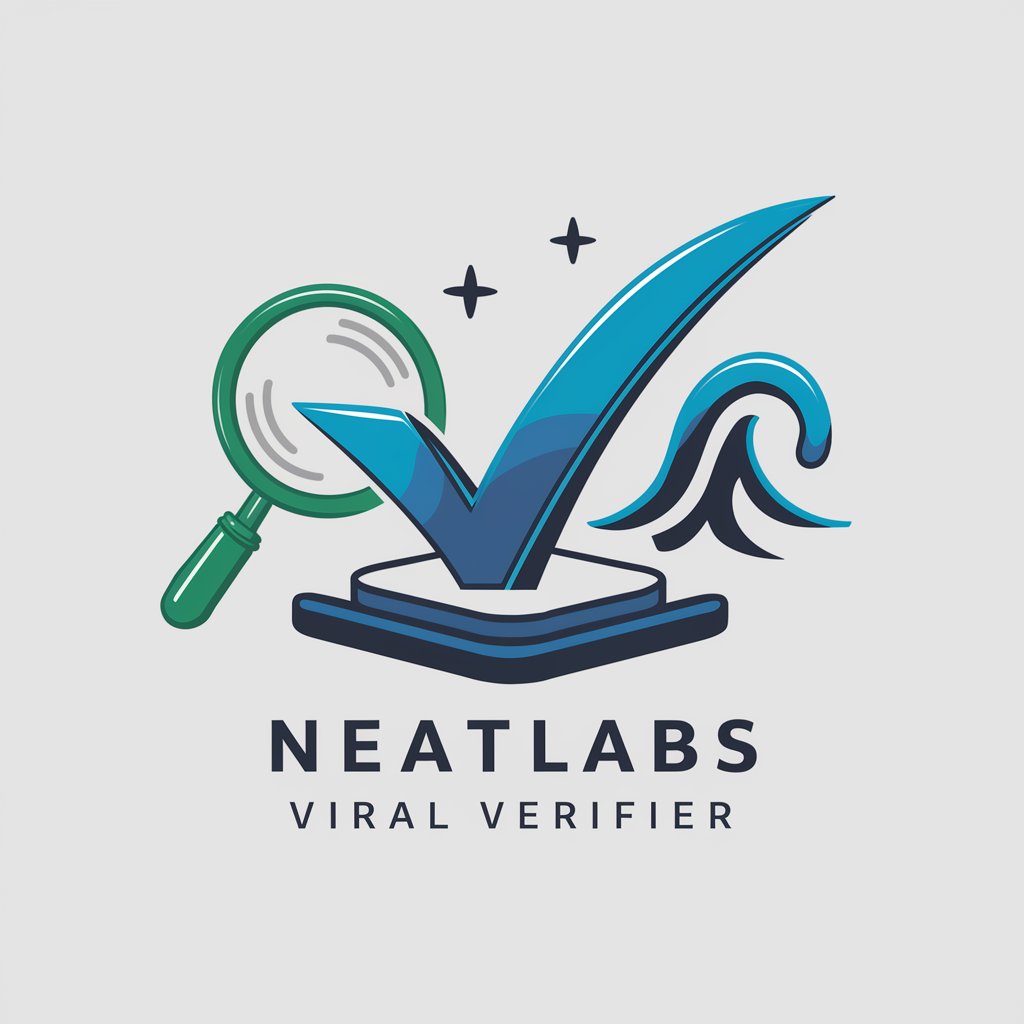Futures, Options, and Financial Derivatives - financial derivatives pricing support.

Ultra-precise solver for financial derivatives.
AI-Powered Futures & Options Analysis.
Calculate this complex derivative's value:
Explain this advanced option strategy mathematically:
How do I hedge using futures in this scenario?
Detail the risk assessment for this derivative:
Get Embed Code
Introduction to Futures, Options, and Financial Derivatives
Futures, options, and financial derivatives are financial instruments whose values are derived from underlying assets such as stocks, bonds, commodities, or interest rates. Derivatives are agreements between parties that specify future transactions or obligations. Their primary purpose is to manage risk, speculate on price movements, or gain leverage. **Examples and Scenarios**: 1. **Futures**: A futures contract is an agreement to buy or sell an asset at a future date for a predetermined price. For example, a farmer might use futures contracts to lock in the selling price of their crop months before harvest, thus hedging against the risk of price fluctuations. 2. **Options**: An options contract gives the buyer the right (but not the obligation) to buy (call option) or sell (put option) an asset at a specified price before the expiration date. For example, an investor might purchase a call option on a stock if they expect its price to increase, giving them the potential for profit without requiring a large upfront investment. 3. **Swaps**: A swap is an agreement to exchange future cash flows between two parties. For example, in an interest rate swap, one party may agree to pay a fixed interest rate while receiving a floating rate from another party, which helps manage interest rate risk. Powered by ChatGPT-4o。

Main Functions of Futures, Options, and Financial Derivatives
Risk Management
Example
Hedging a portfolio against adverse price movements.
Scenario
A company expects to purchase raw materials in 6 months but is concerned about potential price increases. It buys a futures contract to lock in the current price, thus mitigating risk.
Speculation
Example
Investing in options to capitalize on expected market movements.
Scenario
An investor believes that a particular stock will increase significantly. Instead of purchasing the stock, they buy call options to benefit from the expected increase with a smaller initial investment.
Arbitrage
Example
Exploiting price differences in different markets.
Scenario
A trader notices that a stock is priced differently on two exchanges. They simultaneously buy the stock at the lower price and sell it at the higher price, locking in a risk-free profit.
Price Discovery
Example
Using derivatives to determine the fair value of an underlying asset.
Scenario
Futures prices can indicate the market's expectation of future commodity prices, helping producers and consumers make informed decisions.
Leverage
Example
Using options to amplify potential returns.
Scenario
A hedge fund buys options contracts to gain exposure to a large amount of stock with a relatively small capital outlay, magnifying both potential gains and losses.
Ideal Users of Futures, Options, and Financial Derivatives
Hedgers
Companies or individuals exposed to financial risks, such as commodity producers, importers/exporters, and large corporations. They use derivatives to mitigate risks associated with price volatility, exchange rates, and interest rates.
Speculators
Traders and investors looking to profit from short-term price movements without holding the underlying asset. They are willing to take on more risk in exchange for the possibility of higher returns.
Arbitrageurs
Market participants who seek risk-free profit opportunities by exploiting price inefficiencies between different markets or instruments. They help ensure market efficiency by aligning prices across markets.
Institutional Investors
Entities such as mutual funds, pension funds, and insurance companies that use derivatives to manage large portfolios more effectively, achieve specific investment goals, and enhance returns while controlling risk.
Financial Institutions
Banks and other financial entities that offer derivative products to their clients, manage their risk exposure, and engage in proprietary trading to generate revenue.

How to Use Futures, Options, and Financial Derivatives
Visit yeschat.ai for a free trial without login, also no need for ChatGPT Plus.
Start by exploring the platform, no signup required. Get an instant preview of its features tailored to financial analysis and derivative pricing.
Understand the Market Context.
Familiarize yourself with the basic mechanics of futures, options, and financial derivatives. Learn their definitions and operational terms like settlement, margin, and expiration (such as options' 'American' and 'European' styles)【11†source】【12†source】.
Choose the Right Instrument.
Select whether you are working with futures, options, or swaps depending on your goals. Hedging, speculating, or arbitraging are common use cases. For instance, options offer a right without obligation, useful for strategic flexibility【13†source】【14†source】.
Implement a Strategy.
Apply strategies such as protective puts, covered calls, or spreads depending on market views. For example, use bull spreads if you expect price rises【11†source】【13†source】.
Monitor and Manage Risk.
Continuously assess the value of your positions using real-time market data and risk metrics like Greeks (Delta, Gamma, Vega). This is crucial for profit or loss monitoring, especially close to expiration【12†source】【13†source】.
Try other advanced and practical GPTs
TYPO3 Assistant v2.7
AI-powered TYPO3 code generator and support

Spreadsheet Solutions
AI-powered data analysis for everyone

Correcteur de Français
AI-powered French grammar correction

Animate Me 3D
AI-powered Pixar-style 3D transformation

Tech Overlord
Empower Your Tech with AI

Next.js
AI-powered tool for creating Next.js apps

ALBERTO / BETÃO
AI-powered legal expert for Brazilian law
Web Dev Guru
Your AI-Powered Web Development Partner

Crypto Co-Pilot
Empowering Crypto Decisions with AI

Blockchain Dev Companion
AI-powered blockchain developer companion

NeatLabs Viral Verifier
Unveil Truth with AI Power

Trello Expert
Optimize Trello with AI-driven advice

Q&A on Futures, Options, and Financial Derivatives
What is the difference between a European and an American option?
A European option can only be exercised at its expiration, while an American option can be exercised at any point before the expiration date. This difference impacts strategies where early exercise could be beneficial【12†source】【13†source】.
How does Put-Call Parity apply in options trading?
Put-Call Parity states that the price of a call option implies the price of a put option, given the same strike price and expiration. It ensures no arbitrage opportunities exist in a well-functioning market【11†source】.
What are the common strategies for managing risk using derivatives?
Some popular strategies include protective puts (hedging against downside risk), covered calls (generating income from stock holdings), and vertical spreads (limiting risk while betting on directional moves)【13†source】.
How does an interest rate swap work?
In an interest rate swap, two parties exchange cash flows: one pays a fixed rate while receiving a floating rate, or vice versa. This tool helps manage exposure to interest rate fluctuations【14†source】.
What is a futures contract and how is it settled?
A futures contract is an agreement to buy or sell an asset at a predetermined future date and price. Settlement can be made either via physical delivery of the asset or cash, depending on the contract's terms【12†source】【14†source】.
